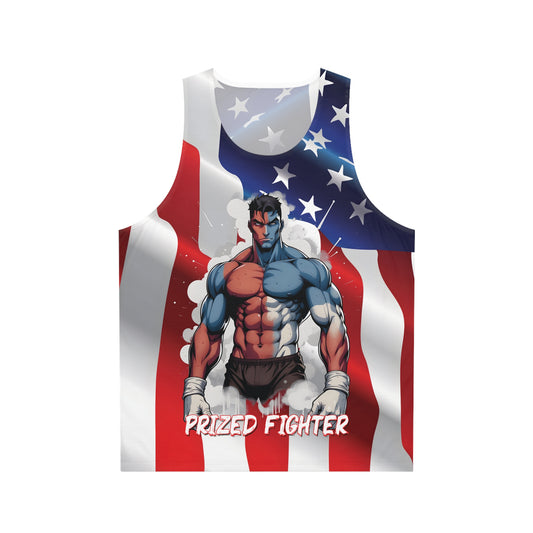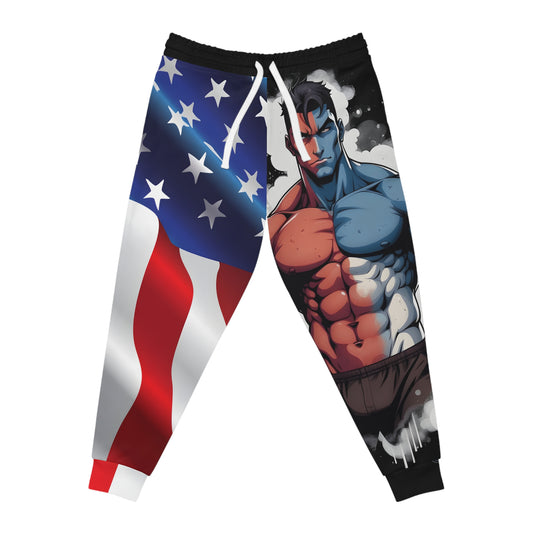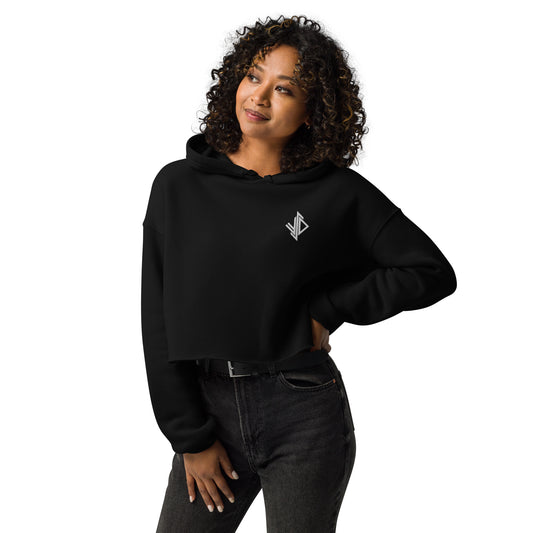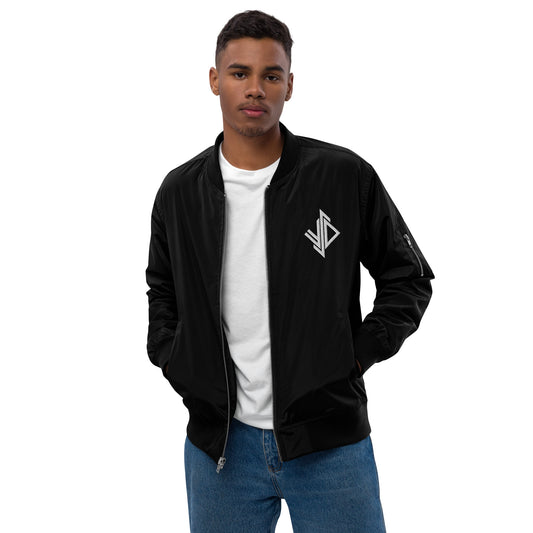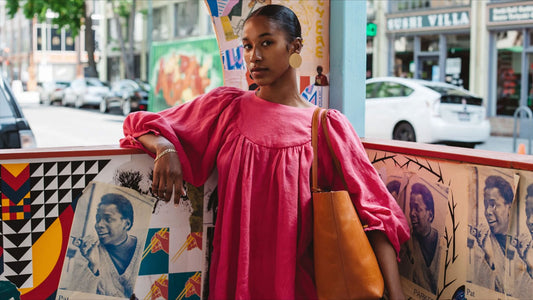
The Evolution and Rise of the Greaser Subculture
The greaser subculture, renowned for its distinct fashion style and rebellious spirit, has a rich history that traces back to the 1950s. This subculture emerged in the wake of post-World War II America, presenting a sharp contrast to the traditional values of society. The greaser identity has undergone a remarkable transformation through the decades, adapting to the changing cultural landscape while maintaining its core elements. This article explores the history of the greaser subculture, its evolution over the decades, tips for embracing the greaser look and lifestyle today, and a comprehensive FAQ section. Join us as we dive into the world of greasers, an emblem of youth rebellion and expression.
Origins of the Greaser Subculture
The roots of the greaser subculture can be traced to a combination of historical, social, and economic factors that characterized post-war America. Following World War II, a sense of optimism filled the air, but so did a growing discontent among the youth. The war's end brought about a new era of consumerism, and young people sought to define their identities in a rapidly changing world.
Working-class youth, particularly in urban settings, began to embrace a lifestyle that was both emblematic of their social standings and reflective of their aspirations. The term "greaser" itself was initially coined to describe young men who used hair grease or pomade to style their hair in slicked-back looks. The appearance became synonymous with rebellious teenage boys who were often seen as delinquents or misfits by mainstream society.
Musically, the greaser subculture was heavily influenced by rock and roll, a genre that was gaining popularity in the United States. Artists such as Elvis Presley and Chuck Berry became icons, embodying the spirit of youthful rebellion. In the cultural landscape, the greaser's love for fast cars and rock music became defining features of their identity, making them symbols of youth culture in that era.
The 1950s: Greaser Icons and Media Representation
The 1950s was a landmark decade for the greaser subculture, establishing it as a significant part of American pop culture. It was during this time that the greaser image was immortalized in films, music, and fashion. Movies such as "The Wild One" (1953) and "Rebel Without a Cause" (1955) effectively shaped the public perception of greasers as rebellious figures who flouted societal norms.
Icons of this era, such as James Dean and Marlon Brando, became archetypes of the greaser persona. Their portrayals of troubled youth resonated with many young Americans, and they became symbols of coolness and defiance. The greaser culture was also marked by its strong sense of community and camaraderie among those who identified with it.
Fashion during the 1950s was a vital aspect of the greaser identity. The classic look included leather jackets, tight jeans, white T-shirts, and combat boots. Accessories such as bandanas and fingerless gloves were common, contributing to their rugged image. Additionally, customized cars, often featuring slick paint jobs and powerful engines, symbolized freedom and individuality for greasers, who cherished the automotive culture of the time.
The 1960s and 1970s: Evolution and Adaptation
The arrival of the 1960s brought significant social upheaval, introducing new movements like the hippie counterculture that challenged the status quo. While some greasers adapted to these changes, the core tenets of the subculture—rebellion, independence, and a love for music—remained intact, resulting in a diversification of styles and influences.
The 1960s witnessed the rise of rockabilly as an adjacent genre to rock and roll, which expanded the greaser aesthetic. Rockabilly had roots in country music and brought a faster tempo to the music scene, with a sound that resonated with greasers. Artists like Carl Perkins and Johnny Burnette contributed to this musical evolution, embedding a sense of nostalgia into the greaser culture.
As the decade progressed, British bands such as The Beatles and The Rolling Stones gained popularity in the United States. The British Invasion introduced new fashion styles that influenced the greaser look, leading to the incorporation of mod elements such as tailored suits, skinny ties, and stylish haircuts. The greaser subculture began to embrace a hybrid style, combining elements of both rebellion and fashionable appeal.
1980s to 1990s: Resurgence and Nostalgia
The 1980s marked a notable revival of the greaser subculture, fueled partly by nostalgia for earlier decades. Television shows and films like "Grease" (1978) celebrated the aesthetics and attitudes of the greaser culture, bringing it back into the public eye. The movie "The Outsiders" (1983), based on S.E. Hinton's novel, portrayed a group of greasers navigating the challenges of youth and class struggle, further evolving the narrative around the subculture.
During this period, the greaser identity experienced a fascinating blend of influences, merging with punk rock and the emerging alternative scene. As a result, the fashion of the time reflected a mix of vintage and contemporary styles. Oversized jackets, distressed jeans, band t-shirts, and colorful hair became popular, allowing individuals to express their unique interpretations of the greaser lifestyle.
This era also saw an increase in DIY culture, where young people began to personalize their clothing, accessories, and even their cars. Greasers began to take greater pride in customizing their leather jackets and denim outfits to reflect their personalities, carving out a sense of individuality within the broader subculture.
Greaser Culture Today: A Contemporary Revival
In recent years, the greaser subculture has experienced a revival, reflecting a growing interest in vintage and retro aesthetics. Social media platforms like Instagram and TikTok have played a crucial role in showcasing the greaser lifestyle, connecting enthusiasts worldwide. Modern adaptations of the greaser look can be spotted in urban settings, where individuals embrace the style while infusing it with contemporary trends.
Communities dedicated to greaser culture have proliferated, with events such as car shows, rockabilly festivals, and vintage fairs celebrating the subculture. These events serve as gathering places for enthusiasts, allowing them to share their love for classic cars, vintage fashion, and, of course, rock and roll music.
Present-day greasers continue to embody the spirit of rebellion and individuality while adapting their style choices. The core elements of greaser culture—a love for classic cars, rock music, and a sense of community—remain significant today, allowing for personalization and diversity within the subculture.
Tips on Embracing the Greaser Look
If you're interested in adopting the greaser aesthetic, here are some essential tips to help you achieve the iconic look:
- Hairstyle: The quintessential greaser hairstyle features slicked-back hair, achieved with pomade or gel for that shiny finish. For long hair, consider styles like the pompadour or quiff, which give a contemporary twist to a classic look.
- Clothing: Invest in staple pieces like a fitted leather jacket, high-waisted jeans, and plain white t-shirts. Opt for denim that fits snugly to enhance the overall silhouette. Accessories like bandanas, vintage-style sunglasses, and pins can elevate your outfit.
- Footwear: Choose durable footwear such as leather boots or classic sneakers. Brands like Converse and Dr. Martens offer options that complement the greaser style while ensuring comfort and practicality.
- Car Enthusiasm: If you're passionate about classic cars, immerse yourself in automotive culture. Learn about iconic models from the 1950s and 1960s and attend car shows or join clubs to connect with like-minded individuals.
- Music: Explore the rock and roll, rockabilly, and punk genres to fully embrace the greaser lifestyle. Creating playlists that encompass the sounds of the subculture can deepen your appreciation for its musical roots.
The Greaser Lifestyle: More Than Just Fashion
Adopting the greaser lifestyle goes beyond the surface of fashion; it involves embracing a spirit of independence, creativity, and a deep love for music and cars. Here are some fundamental aspects to consider when immersing yourself in the greaser lifestyle:
- Community: Engage with others who share your interests by attending local events, joining online forums, and participating in social media groups focused on greaser culture. This sense of belonging can enhance your experience and deepen your understanding of the subculture.
- DIY Ethos: Embrace a do-it-yourself mentality by customizing your clothing and accessories. Personalized items reflect your unique style and dedication to the greaser identity, and working on car projects can become a fulfilling pursuit.
- Appreciation of Classic Media: Take time to watch films and listen to music from the greaser era to gain a deeper understanding of the culture and its symbolism. Films like "Rebel Without a Cause" or songs by Buddy Holly can provide insights into the mindset of the subculture.
- Rebellion Against Conformity: Stay true to yourself and express your individuality, whether through fashion choices, music tastes, or personal beliefs. The essence of the greaser lifestyle lies in defying societal norms and carving out your path.
Resources for Further Exploration
If you’re eager to dive deeper into the greaser subculture, consider exploring these valuable resources:
- NPR: The Importance of the Greaser Rebellion
- Vintage.com: The History of Greasers
- The Vintage News: The Greaser Subculture During the 1950s
- Vice: The Greasers: Rebel Then and Now
Frequently Asked Questions (FAQ)
What does the term "greaser" mean?
The term "greaser" refers to a youth subculture that emerged in the 1950s, characterized by slicked-back hairstyles, leather jackets, and a love of rock and roll music. Greasers are often associated with rebellious attitudes and a sense of camaraderie among their peers.
Is the greaser subculture still relevant today?
Yes, the greaser subculture has seen a revival in recent years, with many enthusiasts embracing the fashion, music, and lifestyle while adapting it to contemporary influences. Social media has played a significant role in connecting greaser fans worldwide.
How can I identify as a greaser without being inauthentic?
To be authentic to the greaser identity, focus on embracing the core values of individuality, rebellion, and appreciation of vintage culture. Engage with the community, express your unique style, and learn about the history and origins of the subculture.
What music is associated with the greaser lifestyle?
Greaser culture is primarily associated with rock and roll, rockabilly, punk rock, and doo-wop music, featuring iconic artists such as Elvis Presley, Buddy Holly, Johnny Cash, and the Ramones. Music is a crucial element of the greaser identity.
Are there any greaser-themed events I can attend?
Yes, many regions host events such as car shows, rockabilly festivals, and vintage fairs that celebrate greaser culture and provide opportunities for enthusiasts to connect and socialize. Keep an eye on local event listings and social media groups for updates.
In conclusion, the greaser subculture serves not only as a fascinating historical study but also as a vibrant and evolving community that resonates with people across generations. From its origins in the 1950s to its contemporary revival, the greaser culture continues to capture the imagination of those who seek freedom of expression and a connection to a unique and rebellious past. By embracing the look, lifestyle, and spirit of the greaser, you too can become part of this enduring cultural movement.





